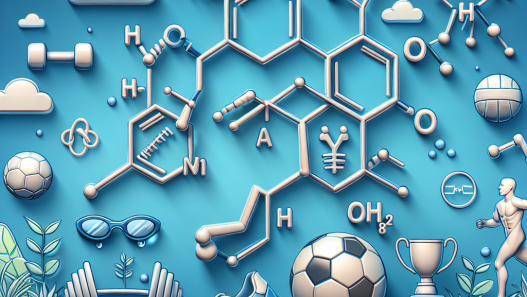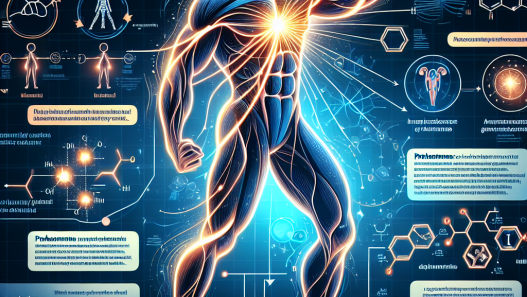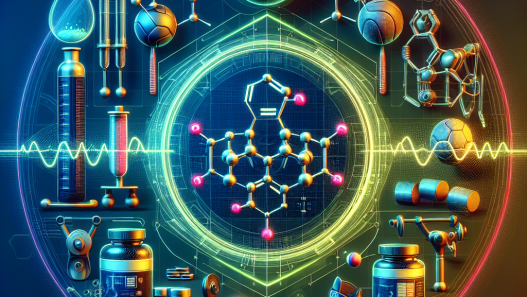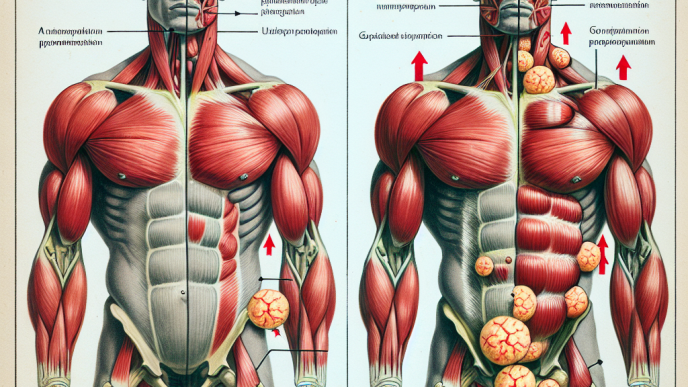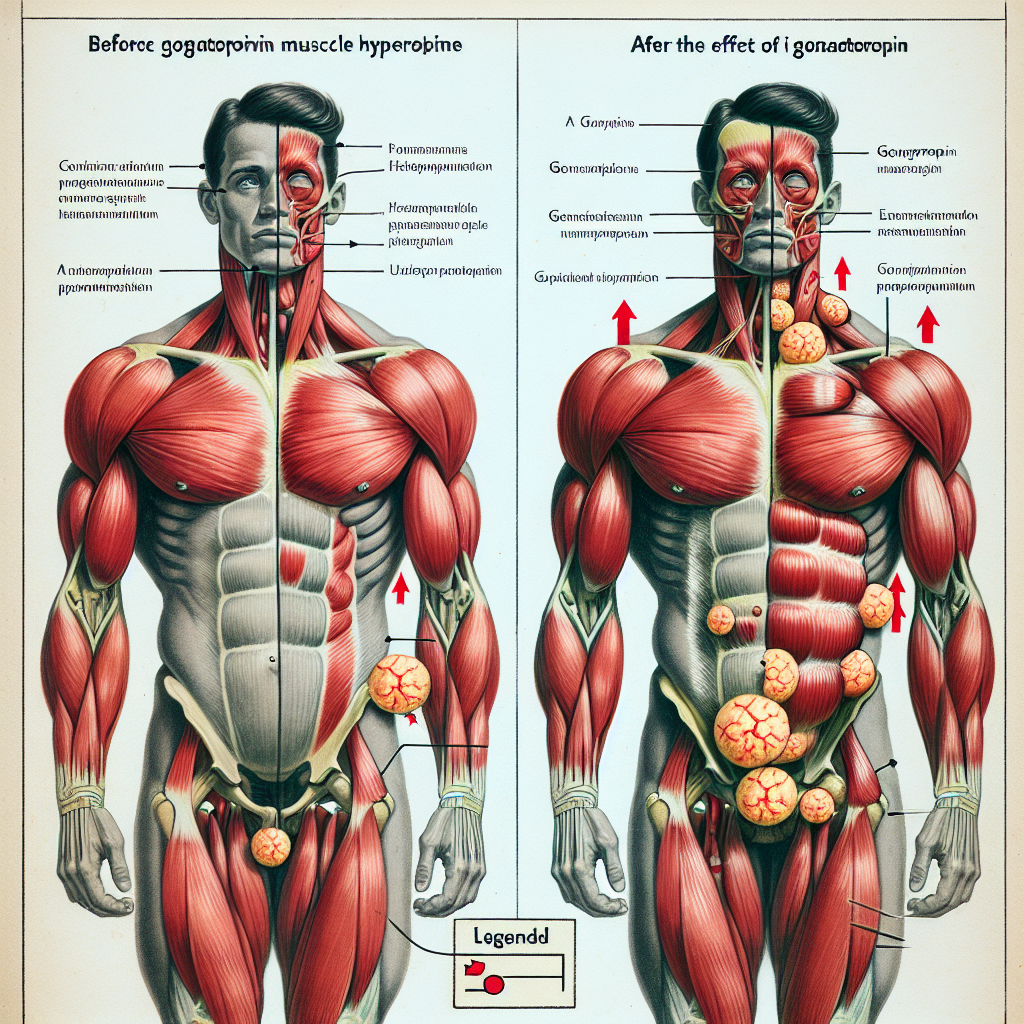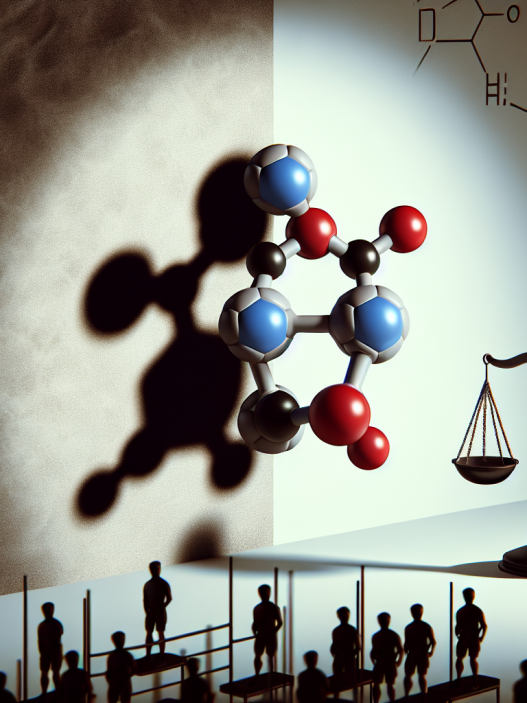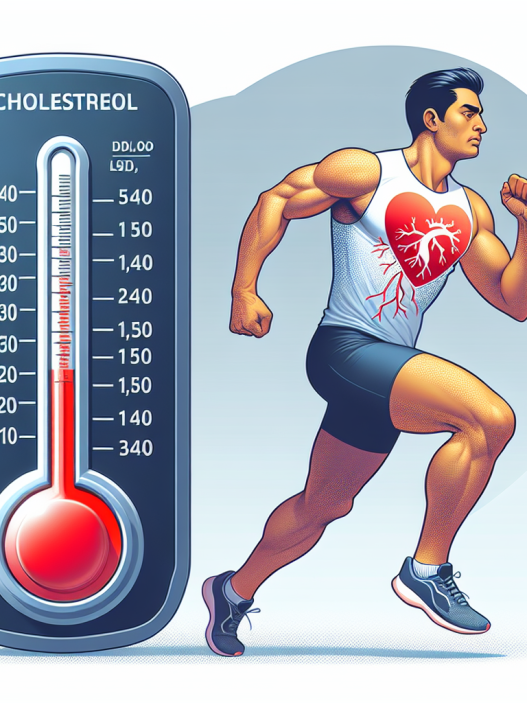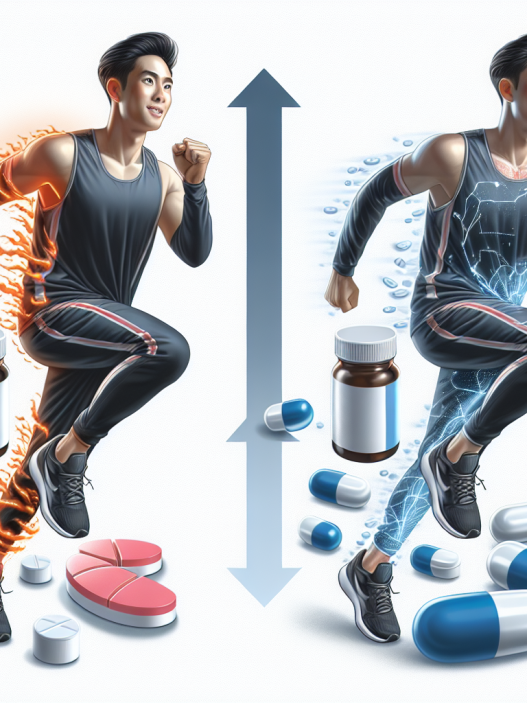-
Table of Contents
The Effects of Gonadotropin on Muscle Hypertrophy
Muscle hypertrophy, or the increase in muscle size, is a highly sought-after goal for athletes and bodybuilders. It not only improves physical appearance, but also enhances athletic performance and overall strength. While there are various methods and supplements that claim to promote muscle hypertrophy, one substance that has gained attention in the sports world is gonadotropin.
What is Gonadotropin?
Gonadotropin, also known as human chorionic gonadotropin (hCG), is a hormone produced by the placenta during pregnancy. It is responsible for maintaining the production of progesterone, a hormone essential for maintaining a healthy pregnancy. In addition to its role in pregnancy, gonadotropin has also been used in the treatment of fertility issues in both men and women.
However, in recent years, gonadotropin has gained popularity in the sports world for its potential effects on muscle hypertrophy. It is believed that gonadotropin can stimulate the production of testosterone, a hormone crucial for muscle growth and development.
The Role of Testosterone in Muscle Hypertrophy
Testosterone is a hormone primarily produced in the testes in men and in smaller amounts in the ovaries in women. It plays a crucial role in the development of male characteristics, such as increased muscle mass and strength. Testosterone also promotes protein synthesis, the process by which muscles repair and grow after exercise.
Studies have shown that higher levels of testosterone are associated with increased muscle mass and strength. In fact, a study by Bhasin et al. (2001) found that testosterone supplementation in healthy men resulted in a significant increase in muscle size and strength compared to a placebo group.
The Mechanism of Action of Gonadotropin on Muscle Hypertrophy
So how exactly does gonadotropin promote muscle hypertrophy? It is believed that gonadotropin stimulates the production of testosterone by binding to the luteinizing hormone (LH) receptor in the testes. This, in turn, triggers the production of testosterone by the Leydig cells in the testes.
Furthermore, gonadotropin has been shown to increase the production of insulin-like growth factor 1 (IGF-1), a hormone that plays a crucial role in muscle growth and repair. A study by Nieschlag et al. (1982) found that gonadotropin administration in men resulted in a significant increase in IGF-1 levels.
Real-World Examples
The use of gonadotropin for muscle hypertrophy is not limited to the sports world. In fact, it has been reported that some Hollywood actors have used gonadotropin to quickly gain muscle mass for movie roles. One example is actor Mark Wahlberg, who admitted to using gonadotropin to gain 40 pounds of muscle for his role in the movie “Pain & Gain” (Hollywood Reporter, 2013).
In addition, gonadotropin has also been used by bodybuilders and athletes to enhance their performance and achieve their desired physique. However, it is important to note that the use of gonadotropin for non-medical purposes is considered doping and is banned by most sports organizations.
Pharmacokinetics and Pharmacodynamics of Gonadotropin
Gonadotropin is typically administered through injection, either subcutaneously or intramuscularly. It has a half-life of approximately 24 hours, meaning it takes about a day for half of the injected dose to be eliminated from the body. However, the effects of gonadotropin on testosterone and IGF-1 levels can last for several days.
It is important to note that the use of gonadotropin can also have potential side effects, such as acne, hair loss, and breast enlargement in men. Therefore, it is crucial to consult with a healthcare professional before using gonadotropin for muscle hypertrophy.
Expert Opinion
While there is limited research on the effects of gonadotropin on muscle hypertrophy, the available evidence suggests that it may have potential benefits for athletes and bodybuilders. However, it is important to note that the use of gonadotropin for non-medical purposes is considered doping and is banned by most sports organizations.
Furthermore, the potential side effects of gonadotropin should also be taken into consideration before use. It is always recommended to consult with a healthcare professional before using any supplement or hormone for muscle hypertrophy.
References
Bhasin, S., Woodhouse, L., Casaburi, R., Singh, A. B., Bhasin, D., Berman, N., … & Storer, T. W. (2001). Testosterone dose-response relationships in healthy young men. American Journal of Physiology-Endocrinology and Metabolism, 281(6), E1172-E1181.
Hollywood Reporter. (2013). Mark Wahlberg on ‘Pain & Gain’ weight gain: ‘I was eating 10 meals a day’. Retrieved from https://www.hollywoodreporter.com/news/mark-wahlberg-pain-gain-weight-443378
Nieschlag, E., Swerdloff, R., Nieschlag, S., & Swerdloff, R. (1982). Testosterone: action, deficiency, substitution. Springer-Verlag.




